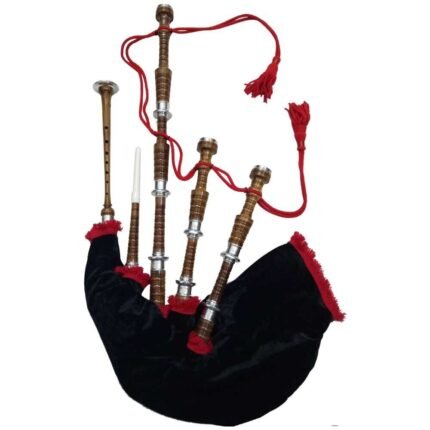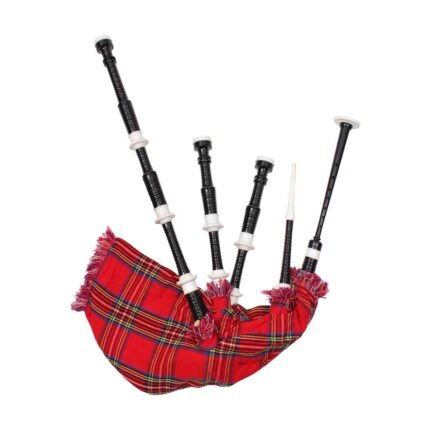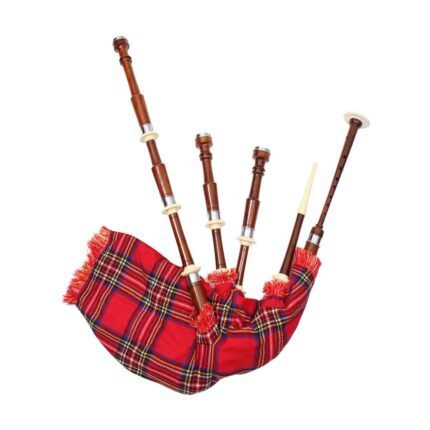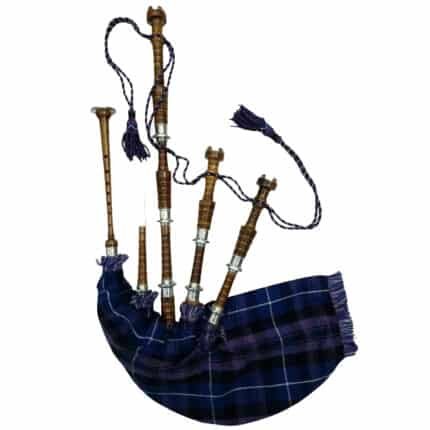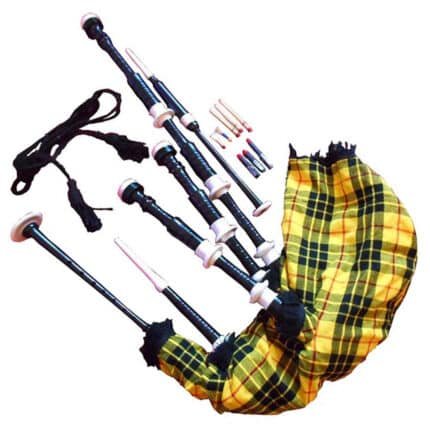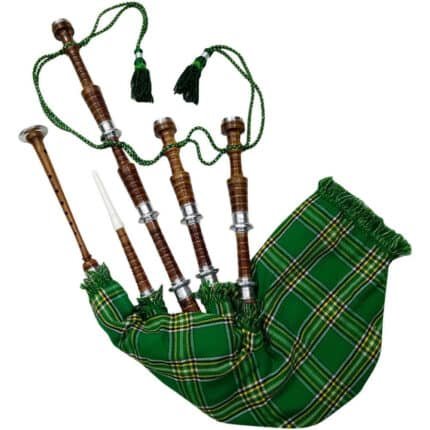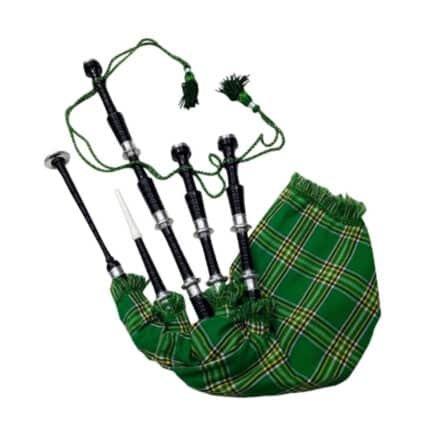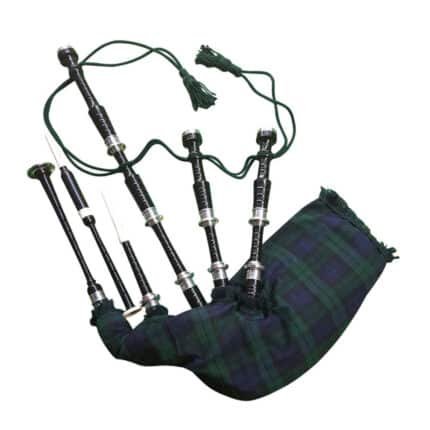How much do bagpipes cost?

How much do bagpipes cost?
The bagpipe, a traditional musical instrument with a rich cultural history, has piqued the curiosity of enthusiasts and musicians alike. Understanding the cost factors associated with bagpipes becomes crucial for those venturing into this distinctive world of music.
Types of Bagpipes
Different Styles and Variations
Bagpipes come in various styles and iterations, each carrying its unique cultural significance. From the Great Highland Bagpipes of Scotland to the Uilleann pipes of Ireland, the diversity in styles contributes to the overall complexity of bagpipe pricing. The craftsmanship and materials required for each style vary, impacting the overall cost. Ensuring clarity in these distinctions allows enthusiasts to make informed decisions.
Factors Affecting Bagpipe Prices
Material Quality
The quality of materials used significantly influences the price of bagpipes. A careful selection of wood, metals, and other components determines not only the instrument’s durability but also its tonal qualities. It’s essential for buyers to understand the materials employed in their chosen bagpipe and how they contribute to its overall value .
Brand Reputation
Established brands often command higher prices due to their reputation for producing quality instruments. Buyers seeking assurance in craftsmanship and reliability are willing to invest more in renowned brands, adding another layer to the intricate tapestry of bagpipe pricing .
Craftsmanship
The artistry and skill involved in crafting bagpipes significantly impact their cost. Master artisans who meticulously handcraft each instrument demand a premium. Understanding the craftsmanship involved allows buyers to appreciate the nuances and intricacies that contribute to the final price tag.
Black Velvet with Red Fring Bagpipe
Original price was: $169.00.$149.00Current price is: $149.00.Royal Stewart Black Finish Rosewood Bagpipe
Original price was: $169.00.$149.00Current price is: $149.00.Natural Finish Plain Rosewood Bagpipe
Original price was: $169.00.$149.00Current price is: $149.00.Pride Of Scotland Tartan Bagpipe
Original price was: $169.00.$149.00Current price is: $149.00.Rosewood Macleod Tartan Bagpipes
Original price was: $169.00.$149.00Current price is: $149.00.Bagpipes Wooden Case Black
Original price was: $149.00.$99.00Current price is: $99.00.Rosewood Irish National Tartan Bagpipe
Original price was: $169.00.$149.00Current price is: $149.00.Black Finish Irish National Tartan Bagpipe
Original price was: $169.00.$149.00Current price is: $149.00.Black Watch Tartan Bagpipe
Original price was: $169.00.$149.00Current price is: $149.00.
Beginner vs. Professional Bagpipes
Entry-Level Options
For beginners, entry-level bagpipes provide an accessible introduction to the instrument. These options cater to those exploring their interest without committing to a substantial financial investment. However, it’s crucial to strike a balance between affordability and reasonable quality to ensure a positive learning experience.
High-End Professional Choices
Professional musicians often opt for high-end bagpipes that deliver unparalleled performance and tonal excellence. The investment in these instruments reflects not only the musician’s dedication but also the superior craftsmanship and materials employed in their creation.
Customization Options
Personalization Impact on Cost
Customization options allow musicians to tailor their bagpipes to personal preferences, impacting the overall cost. From intricate engravings to personalized finishes, these additions contribute to the instrument’s uniqueness. Buyers should weigh the value of personalization against their budgetary considerations.
Popular Modifications
Understanding the popular modifications available, such as drone reeds or chanter adjustments, empowers buyers to make informed decisions based on their musical preferences. These modifications can influence both the playing experience and the final cost of the instrument.
Shopping Platforms and Where to Buy Bagpipes
Physical Stores vs. Online Options
In-Store Experience
When considering purchasing bagpipes, the traditional in-store experience offers the advantage of physically inspecting and trying out instruments before making a decision. Knowledgeable staff in specialty music stores can provide valuable guidance, answering questions and offering personalized recommendations based on your skill level and preferences.
Hands-On Selection
In physical stores, you have the opportunity to feel the materials, assess craftsmanship up close, and even play the instrument to gauge its comfort and sound quality. This tactile experience can be invaluable, especially for those new to the world of bagpipes.
Limited Variety
However, physical stores may have limitations in terms of stock variety. Depending on your location, finding a store with an extensive collection of bagpipes might be challenging, potentially restricting your choices.
Pros and Cons of Each
Pros of Physical Stores:
- Hands-On Experience: The ability to physically interact with the instruments.
- Expert Guidance: Access to knowledgeable staff for personalized assistance.
- Immediate Purchase: Instant gratification with the ability to walk out with your chosen bagpipes.
Cons of Physical Stores:
- Limited Variety: Potential restrictions on the range of available bagpipes.
- Geographical Constraints: Depending on location, finding a suitable store can be challenging.
Pros of Online Options:
- Extensive Variety: Access to a vast array of bagpipes from different brands and styles.
- Convenience: Shopping from the comfort of your home at any time that suits you.
- Price Comparisons: The ability to easily compare prices across multiple platforms.
Cons of Online Options:
- No Hands-On Experience: Inability to physically inspect or play the instrument before purchasing.
- Shipping Delays: Waiting for the delivery of your purchase.
Considering these aspects, the choice between physical stores and online options depends on personal preferences, the importance of hands-on experience, and the level of expertise needed during the purchasing process.
Exploring Second-hand Options
Affordability and Value
The used bagpipes market presents an enticing opportunity for those seeking affordability without compromising on quality. Second-hand instruments, if well-maintained, can offer excellent value for money, allowing you to acquire a higher-end set at a fraction of the original cost.
Diverse Selection
Exploring the used market also opens doors to discontinued models or unique designs that may no longer be available in new condition. This diversity can be appealing for players looking for something distinctive.
Cautionary Considerations
However, caution is crucial when venturing into the used market. Thoroughly inspect the instrument for any signs of wear, damage, or subpar maintenance. Request detailed photos and inquire about the instrument’s history to ensure you’re making an informed decision.
Maintenance Costs
Bagpipe maintenance is an essential aspect of ownership, ensuring optimal performance and longevity of the instrument. Regular tasks like cleaning the chanter and drones, checking for air leaks, and seasoning the bag contribute to the instrument’s overall health and sound quality. Some maintenance practices can be done by the player, providing a hands-on approach to caring for the bagpipes. Professional maintenance services, which may include reed adjustment and thorough inspections, are advisable periodically to address more intricate issues. Budgeting for upkeep is crucial, considering potential expenses for replacement reeds, hemp, and occasional technician fees. Additionally, investing in quality maintenance materials, such as the Airstream Mouthpiece and Air Tight Seasoning, is essential to safeguard the bagpipes’ condition. For those seeking comprehensive guidance, maintenance books by reputable sources like Kilberry Bagpipes offer valuable insights into proper care and upkeep practices. It’s essential to recognize that the cost of bagpipe ownership extends beyond the initial purchase, encompassing ongoing maintenance for a fulfilling and sustained playing experience.


